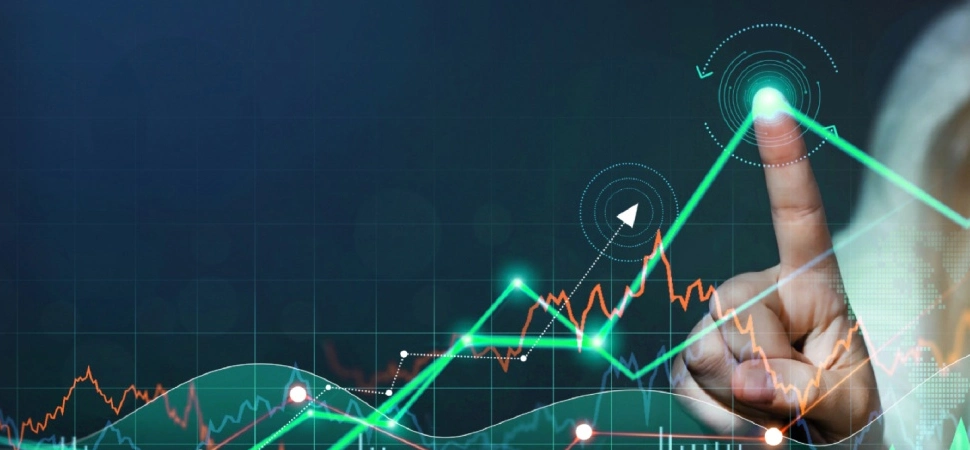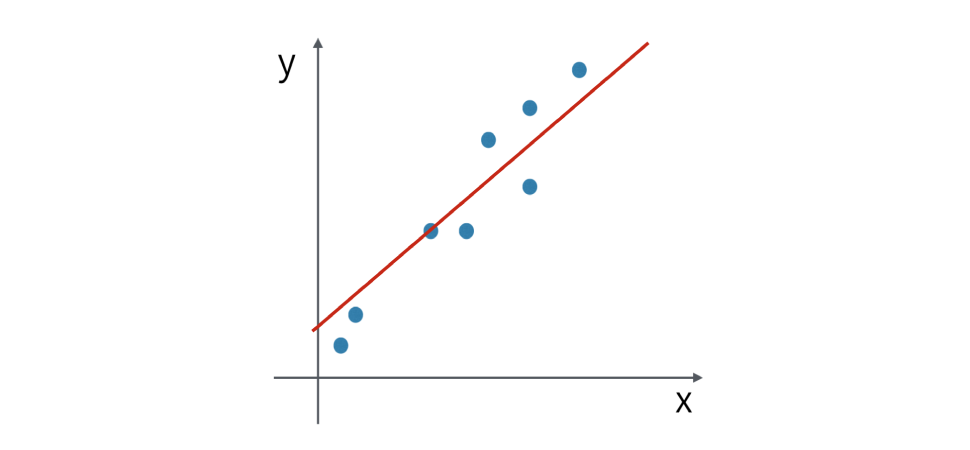27.03
Share ArticleTrading Signals: Their Types and Application in Trading

There are several types of cryptocurrency signals, including strong and weak signals, as well as manual and automatic. Strong signals are characterized by a high probability of success, while weak signals involve uncertainty or doubt. Manual signals are provided by analysts based on in-depth analysis, while automated signals are generated by programs or bots.
Strong signals
A trading signal is considered strong if it has a high probability of success. However, this is subjective, as trading is more a matter of statistical belief than exact science. Traders often cite evidence to support their beliefs. It could be a price level where bitcoin reacted very strongly 2 weeks ago, for example. Or a level where there is a high concentration of pending buy orders.
Weak signals
A signal is considered weak if a trader is unsure of his entry point. What is the point of broadcasting a signal to subscribers? More often than not, the purpose is to provide a counterexample or, more precisely, an example of a false signal: even if the technical elements are converging, the entry point may be a trap because of fundamental data indicating otherwise.
For example, all indications are that BTC will bounce to 17,200 - however, the dollar is becoming very strong due to unfavorable employment data, prompting large investors to sell their BTC positions. BTC will finally break the 17,200 mark on the downside.
Manual Signals
Manual signals are when a trader provides analyses done "manually" by his team of traders. In general, manual signals are more interesting because they are the result of more thought than automated signals. The trader is particularly interested in the state of the order book (where are the buyers?) and dollar-related announcements (CPI price index, NFP employment data, etc.).
Automatic Signals
Signals are automatic when they are generated by a program, bot or artificial intelligence (AI). Centralcharts.com has an AI called Lutessia that performs technical analysis of hundreds of assets, including major cryptocurrency pairs (BTC/USD, ETH/USD ...).
The main criticism of automated signals is that they are essentially based on the values of technical indicators: volumes, RSI, MACD, moving averages, Stochastics, etc. In volatile markets like cryptocurrency, they quickly show their limitations compared to more precise strategies based on finding liquidity zones and analyzing the order book.

To summarize
An increasingly clear understanding of the different types of cryptocurrency signals helps traders choose the most appropriate tools for their trading strategy. Strong signals can be particularly attractive to traders who want to minimize risk and increase the probability of successful trades. On the other hand, weak signals may be of interest to more aggressive traders willing to take risks in search of high returns.
Manual signals are often valued for their in-depth analytics and expert analyst opinion. They can be particularly useful in market conditions where additional insight into fundamentals or macroeconomic trends is required. Automated signals, on the other hand, can be useful for traders who prefer to use algorithmic approaches and rely on technical analysis to make decisions.
Ultimately, the proper use of cryptocurrency signals requires not only an understanding of their types, but also the ability to apply them in conjunction with other factors such as fundamental analysis, market atmosphere, and personal trading strategy. Effective use of cryptocurrency signals can help traders make more informed and successful decisions in the cryptocurrency market.


Reviews